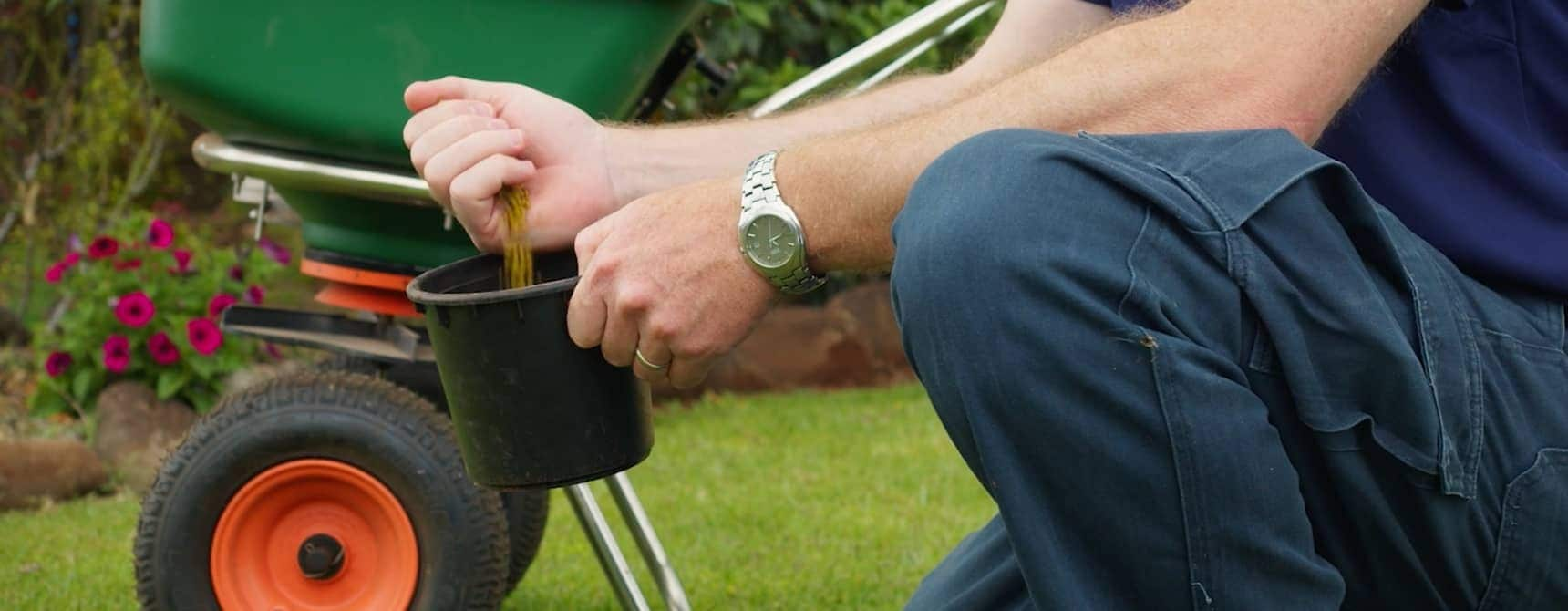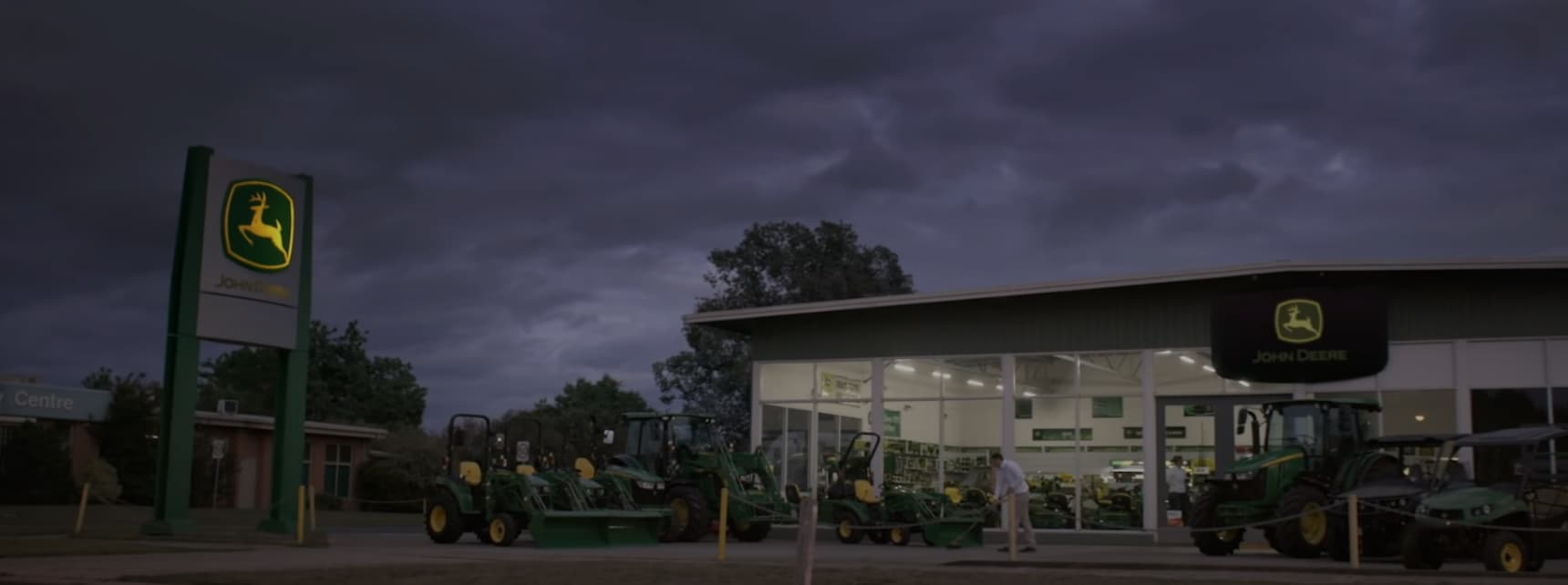A perfectly groomed, lush kikuyu lawn that forms a rolling green carpet over nearly five hectares is at the heart of the success of world-class tourist attraction, Sculptureum, on New Zealand’s North Island.
Flowing around three sculpture-filled gardens, six art galleries, a six-hectare vineyard and three eateries, the lawn must look immaculate but also be able to withstand the foot traffic of visitors and flourish in a cool climate with high rainfall and humidity.
Sculptureum’s vineyard manager, Tina Hutchinson, said that required plenty of work behind the scenes.
“We have two gardeners who do all the mowing work and they keep the kikuyu short and compact, using a combination of machines including push mowers, zero-turn ride on’s and a John Deere 1025R tractor in the larger areas,” Tina said.
Tina said fertilising the lawn with seaweed-based liquid tonics keeps it healthy and helps to mitigate problem issues like grass grubs and moss.
“At Sculptureum we pride ourselves on creating grounds and gardens that enable our guests and staff to gain some small relief from the pressures of life, through contemplating words of wisdom and art forms.”




